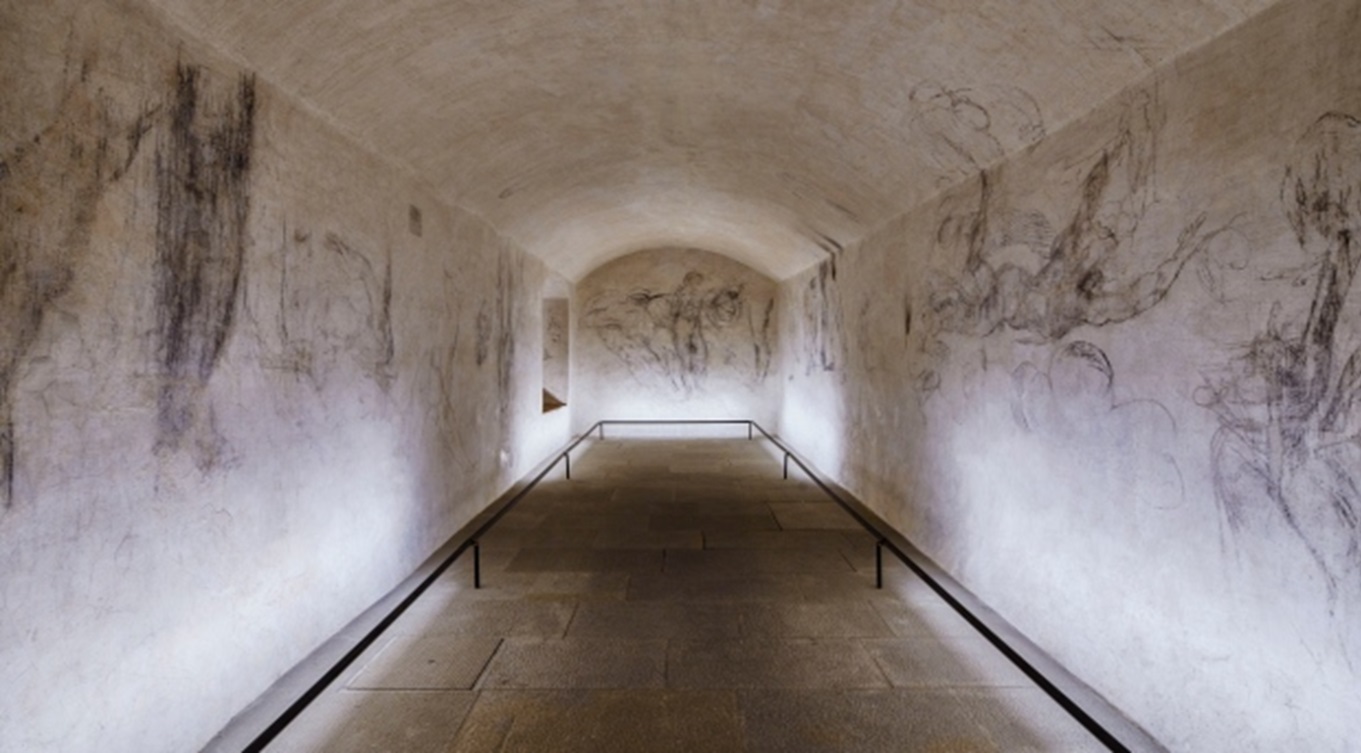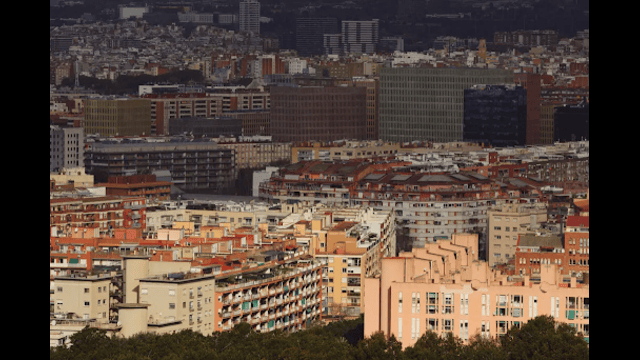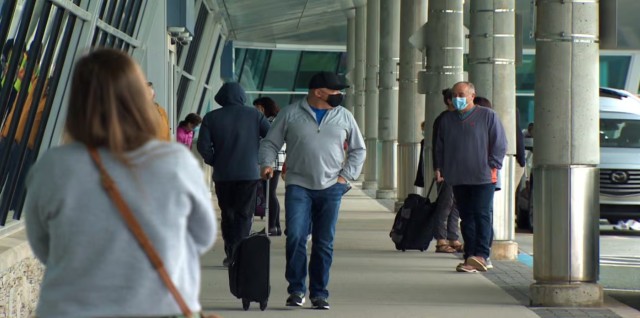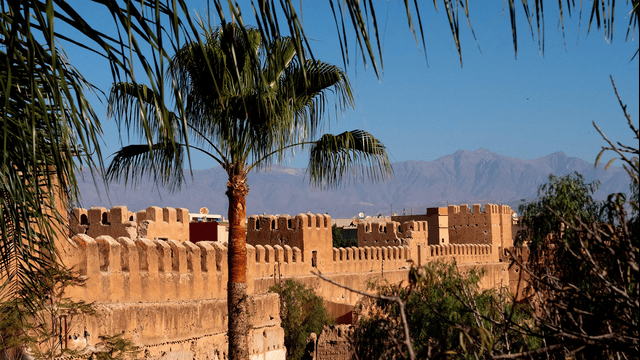
Rare charcoal sketches, possibly by Michelangelo, adorn the walls of a former coal storage room in Florence's Medici Chapel. Unearthed in 1975, the debated 10m x 3m space, hidden until 1955, sparks intrigue over the artist's authorship. Now open for public viewing, up to 100 visitors per week, in groups of four, can reserve a fleeting 15-minute glimpse starting Nov. 15. A delicate balance of preservation and accessibility. (Francesco Fanfani via AP, HO)
Italy— A concealed chamber within the Medici Chapel is set to unveil its secrets to visitors, offering a glimpse into a clandestine space adorned with intricate charcoal drawings. Measuring a modest 10 by 3 meters (33 by 10 feet), the room was unearthed in 1975 during efforts to find an additional exit for the growing number of chapel visitors.
The director at the time, Paolo Dal Poggetto, asserted that the delicate sketches gracing the walls were the handiwork of the renowned Michelangelo. The current director, Paola D'Agostino, reveals that a persistent debate has lingered over this attribution since the discovery half a century ago. Notably, scholars of Michelangelo's drawings, when the room was first revealed, cast doubt on the claims. Some adopted a more tempered stance, suggesting that while certain drawings might be Michelangelo's, others could be creations of his followers, perpetuating the ongoing dispute.
Formerly a coal storage area until 1955, the room was subsequently sealed and forgotten beneath a trapdoor concealed beneath furniture. The charcoal sketches lay hidden beneath two layers of plaster. Dal Poggetto's theory posits that Michelangelo sought refuge in this covert space from the ire of Pope Clement VII due to his support for a short-lived republic that toppled the Medicis. It is believed that Michelangelo used this hideaway to draft studies for various projects, including depictions of the legs of Giuliano de' Medici, found near the entrance to the New Sacristy adjacent to the concealed room.
Access to this intriguing space has been restricted for much of the past five decades. However, officials have now decided to open it to the public on a limited basis. To safeguard the delicate works, a controlled environment will be maintained, with exposure to LED lights alternated with extended periods of darkness.
Commencing from November 15, a maximum of 100 visitors each week, in groups of four, will have the unique opportunity to explore the hidden chamber. Each visit is limited to a brief 15-minute window, ensuring a balance between public access and the preservation of these potentially Michelangelo-crafted masterpieces.















